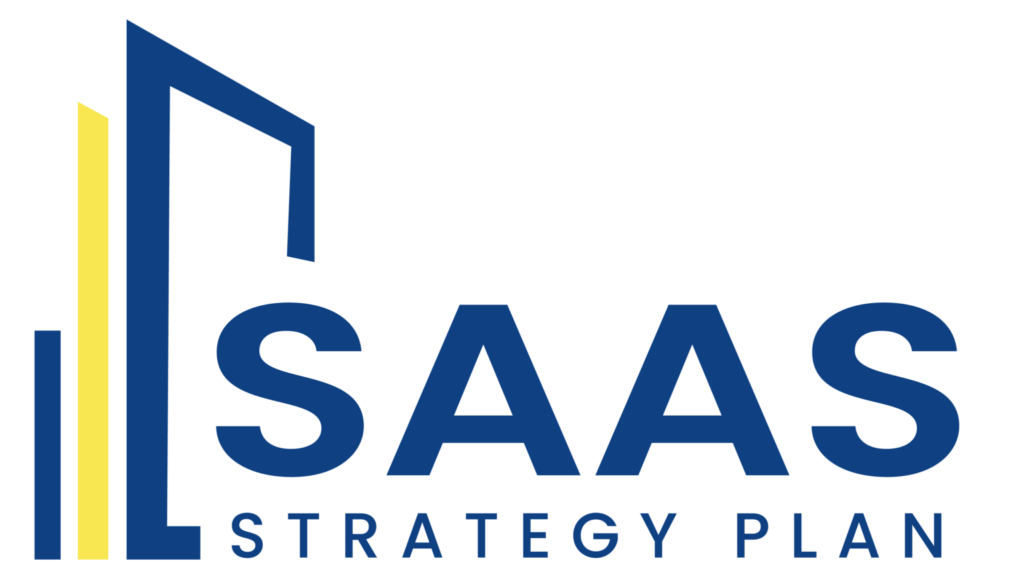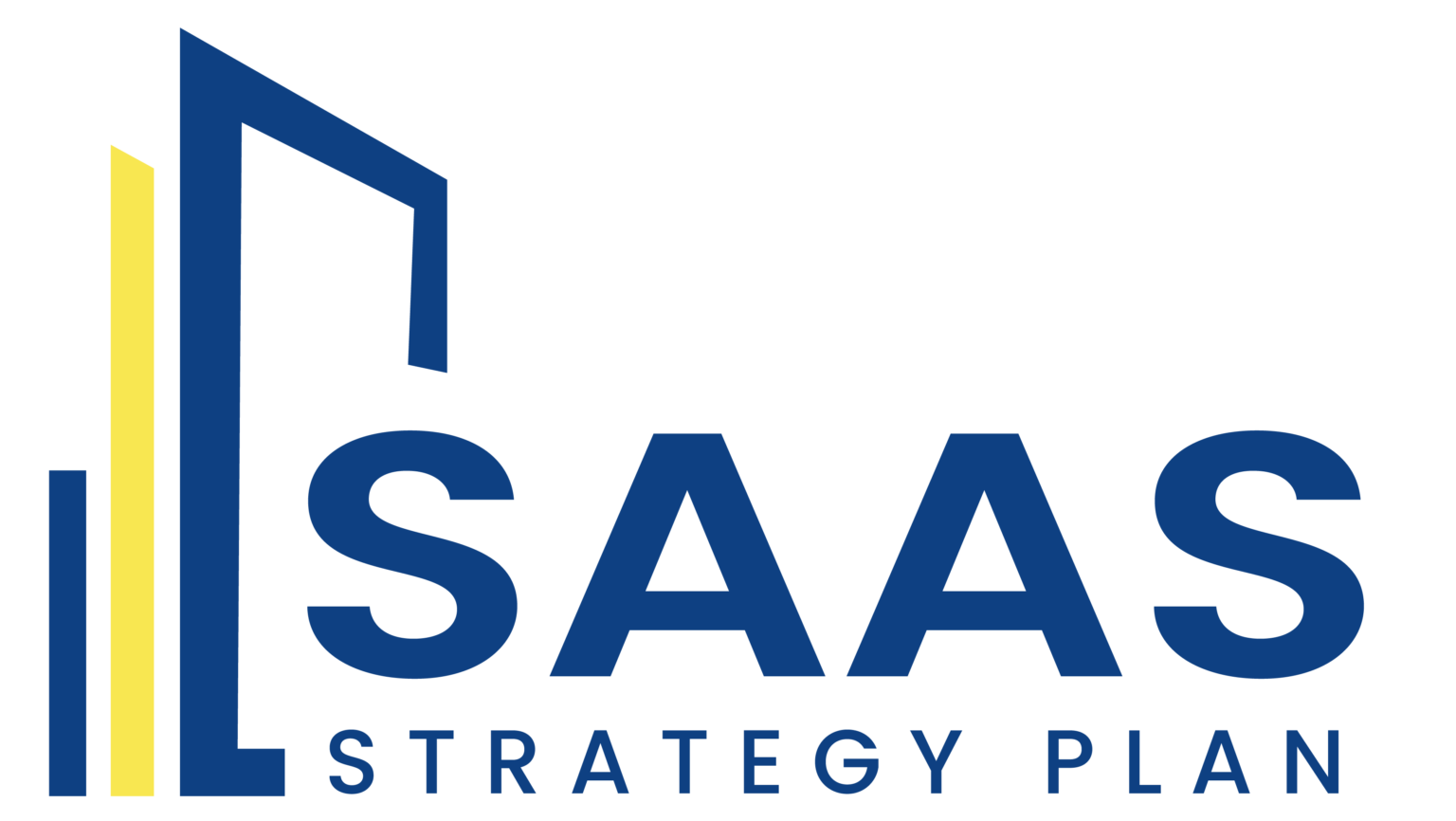In the SaaS industry, your pricing strategy isn’t just a number on your website—it’s a critical factor that can make or break your business. Effective pricing not only drives revenue but also ensures customer satisfaction and retention. However, crafting the perfect pricing strategy is a delicate balancing act. This guide explores how to master SaaS pricing strategies that maximize revenue without alienating your customers.
Understand Your Customer Segments
Why It Matters:
Different customers value your product differently. A one-size-fits-all pricing model may fail to address the needs of your diverse customer base.
How to Do It:
- Segment Your Audience: Group customers based on factors like company size, industry, and usage patterns.
- Identify Willingness to Pay: Conduct surveys or interviews to understand how much different segments are willing to pay.
- Create Personas: Build detailed buyer personas to tailor your pricing and messaging.
Choose the Right Pricing Model
Why It Matters:
Your pricing model sets the foundation for how you generate revenue and engage customers. The wrong choice can limit growth or drive customers away.
Popular SaaS Pricing Models:
- Flat Rate: A single price for all customers (simple but lacks flexibility).
- Tiered Pricing: Multiple pricing tiers based on features or usage.
- Freemium: A free plan with limited features and paid upgrades.
- Usage-Based: Customers pay based on how much they use (e.g., per user or per transaction).
How to Decide:
- Align your model with customer value and business goals.
- Test different models to see what resonates with your audience.
Align Pricing with Value Delivered
Why It Matters:
Customers are willing to pay when they see clear value in your product. Misalignment between price and perceived value can lead to dissatisfaction.
How to Do It:
- Highlight ROI: Show how your product helps customers save time, reduce costs, or increase revenue.
- Feature Value Mapping: Clearly link each pricing tier to the features that deliver the most value.
- Offer Case Studies: Share real-world examples of how your product benefits similar businesses.
Simplify Your Pricing Structure
Why It Matters:
A complex pricing structure can confuse potential customers and deter them from signing up.
How to Do It:
- Keep It Clear: Use simple language and avoid hidden fees.
- Limit Tiers: Offer 3-4 well-defined pricing tiers to prevent decision fatigue.
- Show Transparency: Clearly outline what’s included in each plan.
Test and Optimize Your Pricing Regularly
Why It Matters:
Customer needs and market conditions change over time. Sticking to a static pricing strategy can hinder your growth.
How to Do It:
- Conduct A/B Testing: Test different pricing levels and models to see what works best.
- Analyze Metrics: Monitor churn rate, customer acquisition cost (CAC), and lifetime value (LTV) to assess pricing effectiveness.
- Gather Feedback: Regularly ask customers about their satisfaction with pricing.
Use Add-Ons and Upselling
Why It Matters:
Add-ons and upselling allow you to increase revenue without changing your core pricing structure.
How to Do It:
- Offer Premium Features: Introduce optional features or services that customers can purchase separately.
- Create Upsell Opportunities: Suggest higher-tier plans or additional users based on customer usage patterns.
- Bundle Services: Combine complementary features into packages for added value.
Avoid the Race to the Bottom
Why It Matters:
Competing solely on price can devalue your product and erode profit margins.
How to Do It:
- Focus on Differentiation: Highlight unique features, superior support, or industry expertise.
- Communicate Value: Show why your product is worth the price through testimonials, case studies, and demos.
- Target the Right Customers: Aim for customers who value quality and ROI over the cheapest option.
Conclusion
Mastering SaaS pricing is not a one-time effort—it’s an ongoing process of understanding your customers, testing strategies, and refining your approach. A well-crafted pricing strategy aligns customer value with your business goals, driving revenue growth and customer satisfaction.


